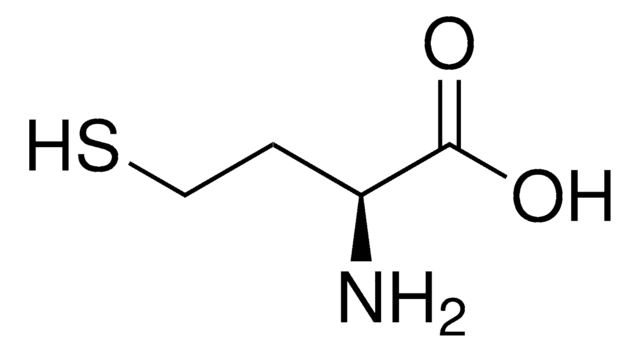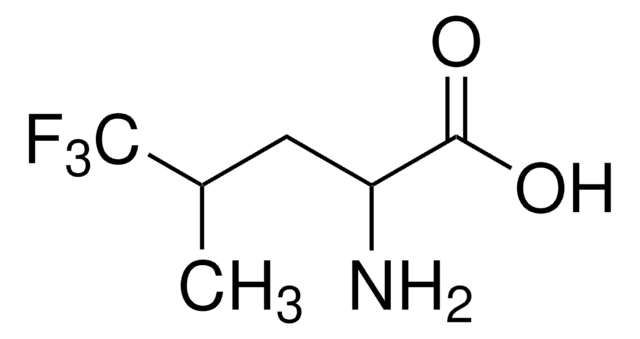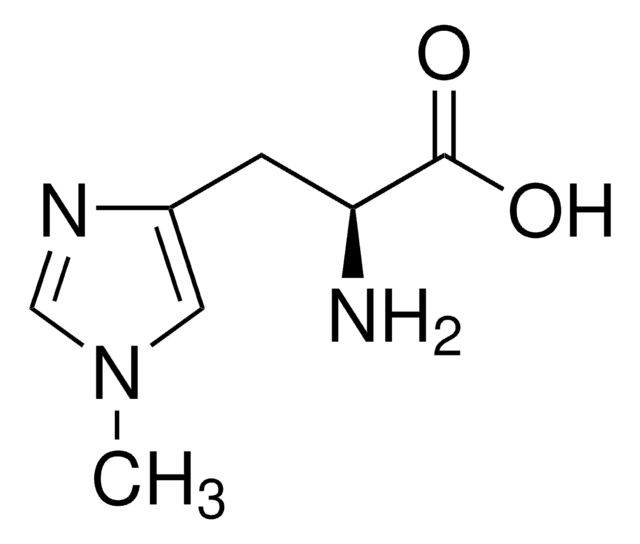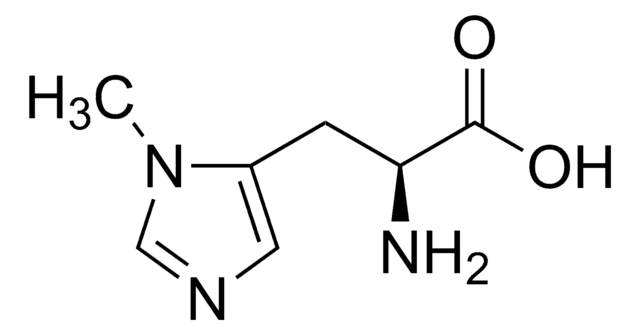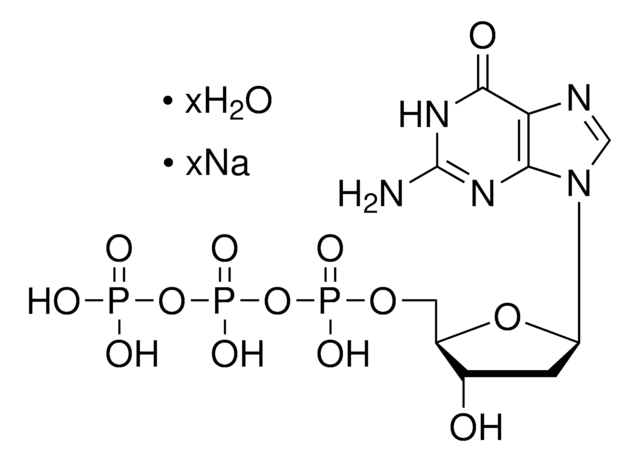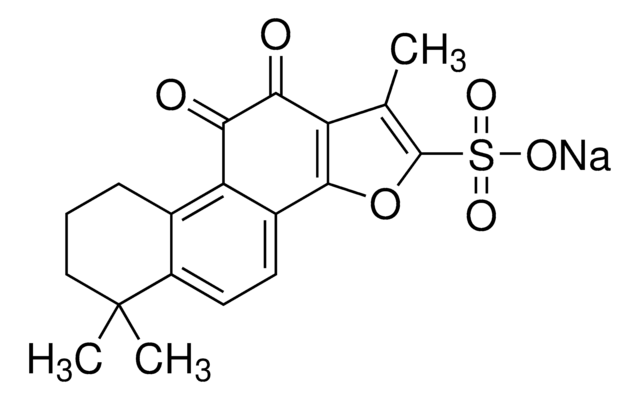H4002
DL-3-Hydroxynorvaline
≥98% (TLC)
Synonyme(s) :
HNV, α-Amino-β-hydroxyvaleric acid, 2-Amino-3-hydroxypentanoic acid, 3-Hydroxy-2-aminopentanoic acid, DL-β-Hydroxynorvaline
About This Item
Produits recommandés
Nom du produit
DL-3-Hydroxynorvaline, ≥98% (TLC)
Niveau de qualité
Essai
≥98% (TLC)
Forme
powder
Couleur
white
Application(s)
cell analysis
Température de stockage
−20°C
Chaîne SMILES
CCC(O)C(N)C(O)=O
InChI
1S/C5H11NO3/c1-2-3(7)4(6)5(8)9/h3-4,7H,2,6H2,1H3,(H,8,9)
Clé InChI
LGVJIYCMHMKTPB-UHFFFAOYSA-N
Vous recherchez des produits similaires ? Visite Guide de comparaison des produits
Actions biochimiques/physiologiques
Mention d'avertissement
Danger
Mentions de danger
Conseils de prudence
Classification des risques
Eye Dam. 1 - Skin Irrit. 2 - STOT SE 3
Organes cibles
Respiratory system
Code de la classe de stockage
11 - Combustible Solids
Classe de danger pour l'eau (WGK)
WGK 3
Point d'éclair (°F)
Not applicable
Point d'éclair (°C)
Not applicable
Équipement de protection individuelle
dust mask type N95 (US), Eyeshields, Gloves
Faites votre choix parmi les versions les plus récentes :
Certificats d'analyse (COA)
Vous ne trouvez pas la bonne version ?
Si vous avez besoin d'une version particulière, vous pouvez rechercher un certificat spécifique par le numéro de lot.
Déjà en possession de ce produit ?
Retrouvez la documentation relative aux produits que vous avez récemment achetés dans la Bibliothèque de documents.
Notre équipe de scientifiques dispose d'une expérience dans tous les secteurs de la recherche, notamment en sciences de la vie, science des matériaux, synthèse chimique, chromatographie, analyse et dans de nombreux autres domaines..
Contacter notre Service technique
